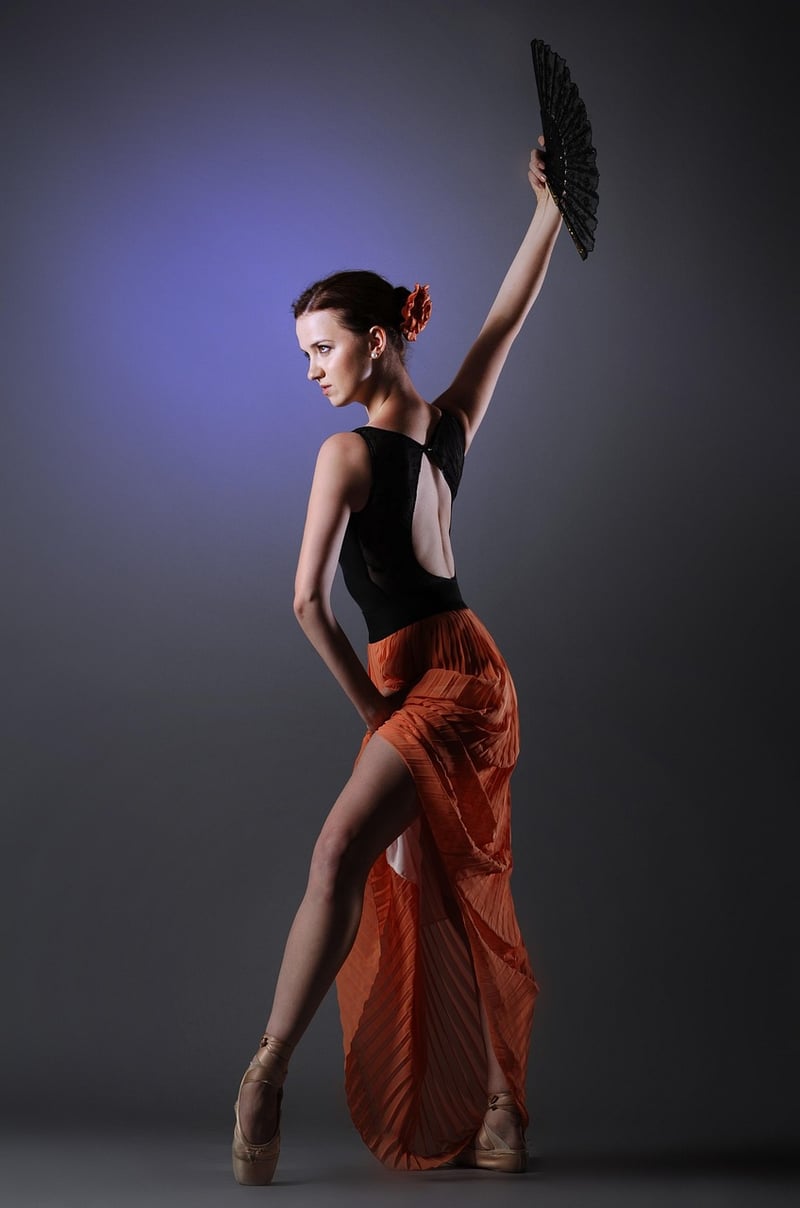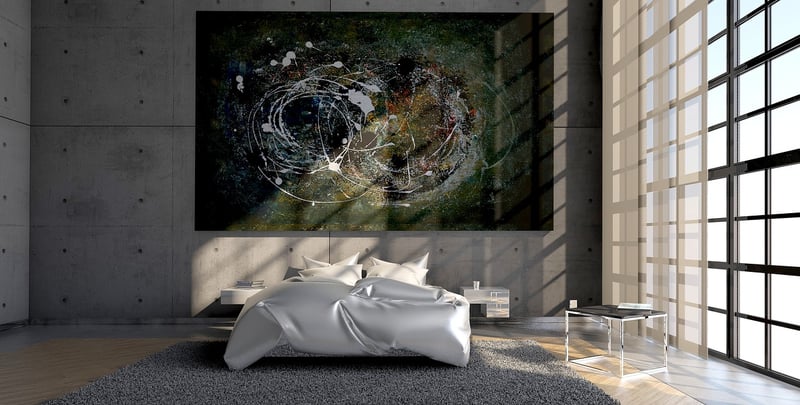Contemporary
Exploring Expressive Movement Forms in Contemporary Art

Expressive movement forms have long been a cornerstone of artistic expression, allowing creators to convey emotion, narrative, and meaning through the physicality of movement. In contemporary art, the fusion of traditional and modern dance forms with visual arts, music, and technology has given rise to a diverse landscape of innovative and captivating performances.
The Evolution of Expressive Movement
From the expressive gestures of classical ballet to the improvisational movements of modern dance, artists have continuously pushed the boundaries of movement as a form of artistic communication. In contemporary art, the integration of various movement forms has led to the emergence of interdisciplinary performances that blur the lines between dance, theater, and visual arts.
Exploring Contemporary Expressive Movement Forms
Contemporary artists often draw inspiration from a wide range of movement practices, including but not limited to:
- Contemporary Dance
- Experimental Movement
- Site-specific Performance
- Physical Theater
- Urban Dance Styles
By combining these diverse influences, artists create dynamic and thought-provoking performances that challenge traditional notions of movement and art.
Interdisciplinary Collaborations
Collaborations between dancers, choreographers, visual artists, musicians, and technologists have become increasingly common in the contemporary art world. These collaborations result in immersive experiences that engage multiple senses and push the boundaries of what is possible in the realm of expressive movement.
Embracing Technology
Advancements in technology have played a significant role in shaping contemporary expressive movement forms. From interactive projections to motion-capture technology, artists are leveraging new tools to create innovative and interactive performances that invite audience participation and engagement.

Conclusion
Expressive movement forms continue to evolve in exciting ways within the contemporary art landscape. By embracing interdisciplinary collaborations, drawing inspiration from diverse movement practices, and leveraging technology, artists are redefining the possibilities of movement as a form of artistic expression.
Whether through captivating performances, immersive installations, or interactive experiences, contemporary expressive movement forms offer audiences a unique and impactful way to engage with art in its most dynamic and visceral form.
